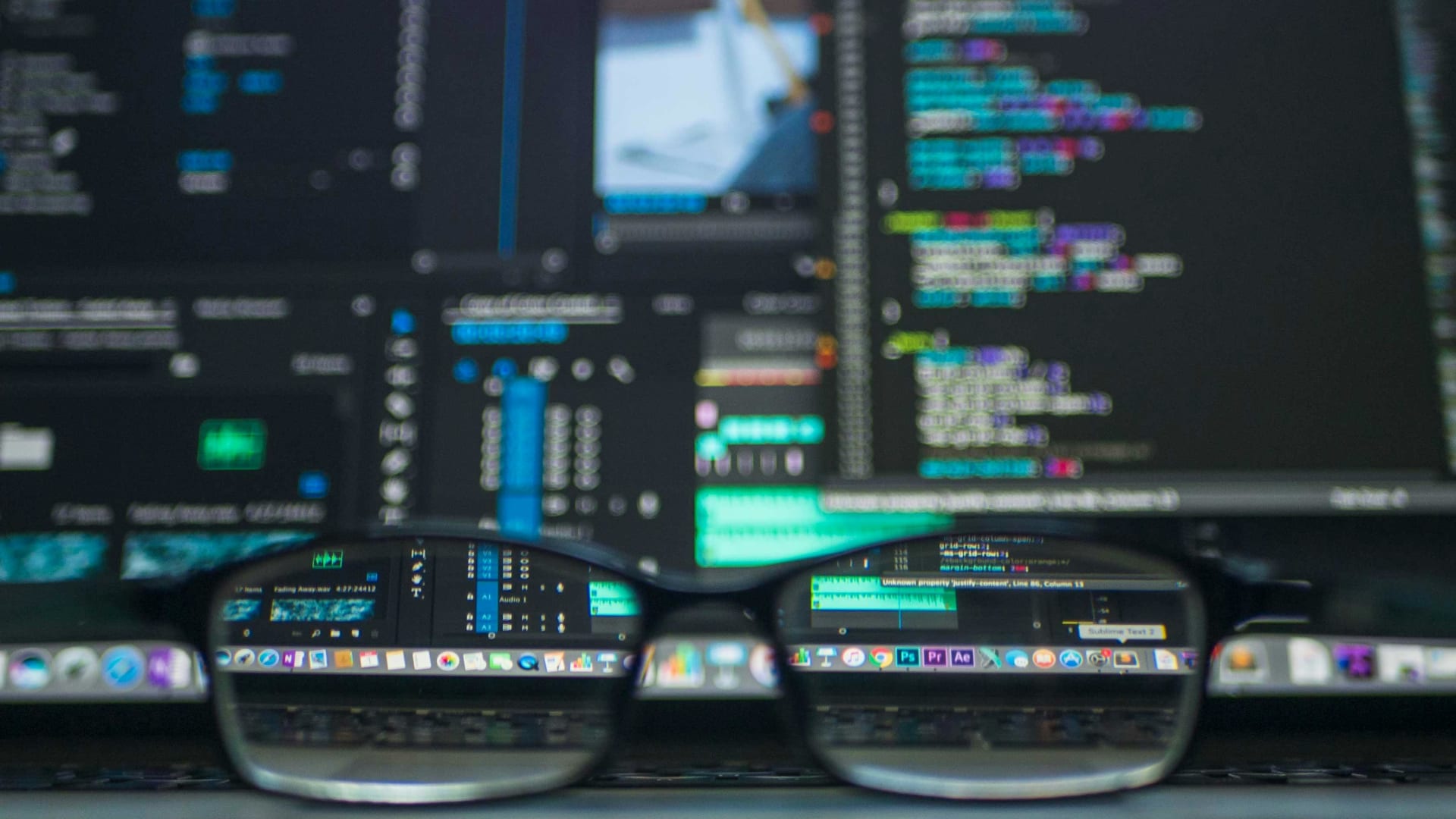
Introduction
In an era where artificial intelligence is rapidly transforming every facet of industry, the role of technical teams is evolving beyond mere code. While AI drives efficiency and innovation, the human touch remains indispensable. Today’s engineering teams must blend technological expertise with empathy, creativity, and adaptive leadership.
This blog explores why building human-centric engineering teams is not just a strategic advantage but a necessity, and outlines actionable strategies to develop tomorrow’s technical talent.